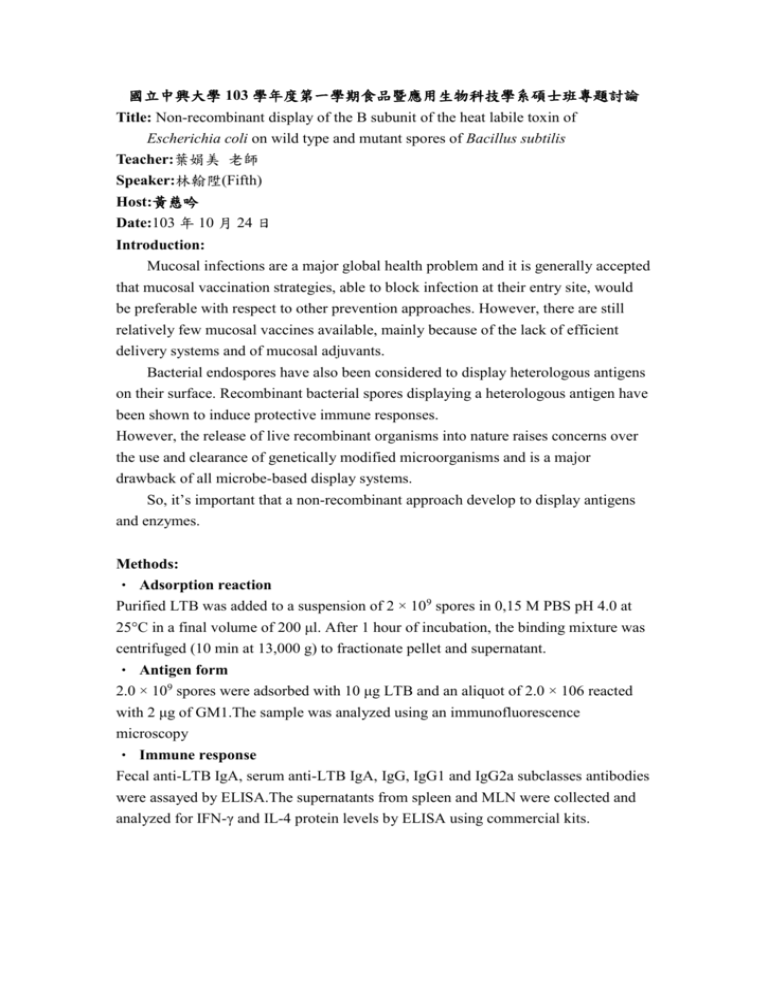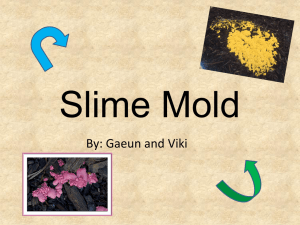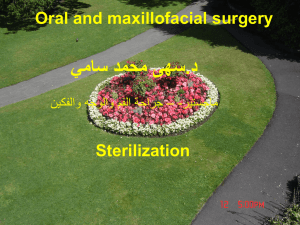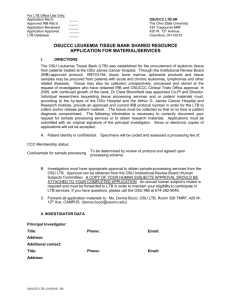國立中興大學103學年度第一學期食品暨應用生物科技學系碩士班專題
advertisement

國立中興大學 103 學年度第一學期食品暨應用生物科技學系碩士班專題討論 Title: Non-recombinant display of the B subunit of the heat labile toxin of Escherichia coli on wild type and mutant spores of Bacillus subtilis Teacher:葉娟美 老師 Speaker:林翰陞(Fifth) Host:黃慈吟 Date:103 年 10 月 24 日 Introduction: Mucosal infections are a major global health problem and it is generally accepted that mucosal vaccination strategies, able to block infection at their entry site, would be preferable with respect to other prevention approaches. However, there are still relatively few mucosal vaccines available, mainly because of the lack of efficient delivery systems and of mucosal adjuvants. Bacterial endospores have also been considered to display heterologous antigens on their surface. Recombinant bacterial spores displaying a heterologous antigen have been shown to induce protective immune responses. However, the release of live recombinant organisms into nature raises concerns over the use and clearance of genetically modified microorganisms and is a major drawback of all microbe-based display systems. So, it’s important that a non-recombinant approach develop to display antigens and enzymes. Methods: • Adsorption reaction Purified LTB was added to a suspension of 2 × 109 spores in 0,15 M PBS pH 4.0 at 25°C in a final volume of 200 μl. After 1 hour of incubation, the binding mixture was centrifuged (10 min at 13,000 g) to fractionate pellet and supernatant. • Antigen form 2.0 × 109 spores were adsorbed with 10 μg LTB and an aliquot of 2.0 × 106 reacted with 2 μg of GM1.The sample was analyzed using an immunofluorescence microscopy • Immune response Fecal anti-LTB IgA, serum anti-LTB IgA, IgG, IgG1 and IgG2a subclasses antibodies were assayed by ELISA.The supernatants from spleen and MLN were collected and analyzed for IFN-γ and IL-4 protein levels by ELISA using commercial kits. Result: • Adsorption reaction:S (1) The adsorption was more efficient when the binding reaction was performed at pH 4.0 than at pH 7.0 and was almost abolished at pH 10.0. (2) The adsorption efficiency is 80% in spore and 2% of LTB was left free in the supernatant. • Immune response (1) Spore-adsorbed LTB induces a specific immune response(production of sIgA). (2) Spore-adsorbed LTB promotes a significant cellular (Th1-biased) immune response. • Antigen form (1) The spore surface by the non-recombinant approach LTB was found in its native, pentameric form. • Increased display efficiency (1)The efficiency of display could be further increased by using mutant spores with an altered surface. Conclusion: (1)The non-recombinant spores displaying LTB pentamers can be administered by the nasal route to induce a Th1-biased, specific immune response. (2)Mutant spores with an altered coat are more efficient than wild type spores in adsorbing the antigen, allowing the use of a reduced number of spores in immunization procedures. (3)The non-recombinant delivery system as a powerful mucosal vaccine delivery approach. References: 1.Huang JM, Hong HA, Van Tong H, Hoang TH, Brisson A, Cutting SM: Mucosal delivery of antigens using adsorption to bacterial spores. Vaccine 2010, 28:1021– 1030. 2. Mauriello EMF, Duc LH, Isticato R, Cangiano G, Hong HA, De Felice M, Ricca E, Cutting SM: Display of heterologous antigens on the Bacillus subtilis spore coat using CotC as a fusion partner. Vaccine 2004, 22:1177–1187.






